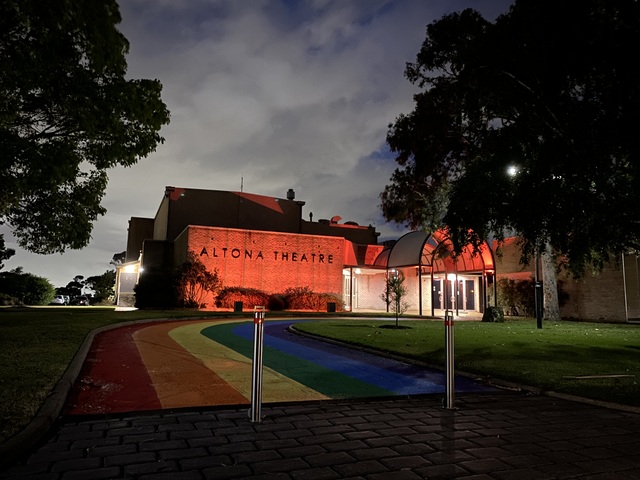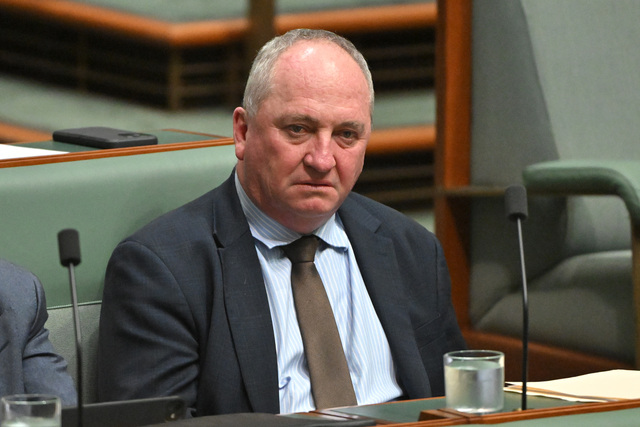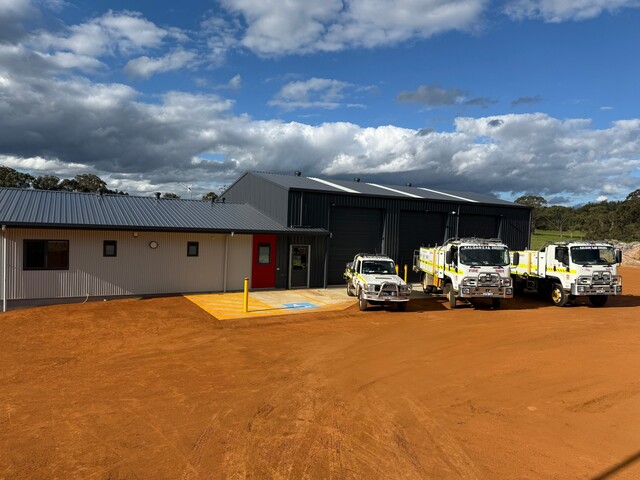Local governments across regional Australia are fighting the impacts of the fly-in, fly-out (FIFO) workforce on mining communities.
A federal inquiry is underway in central Queensland, the heart of the state’s coal mining sector.
Mount Isa City Council’s submission to the House of Representatives Standing Committee on Regional Australia raises the following concerns:
- additional pressure on infrastructure
- impact on housing prices
- local businesses losing employees to resource companies
- pressure on tourism accommodation
- FIFO employees don’t join local sporting and volunteer groups
- FIFO workers lacking a sense of belonging to the community.
The Mount Isa submission calls for a reassessment of the distribution of mining royalties to more accurately reflect the productivity of resource communities.
It also demands an end to government efforts to create ‘feeder’ communities in towns like Cairns, which are seen as detrimental to building permanent residential communities in resource-based regions like Mount Isa.
Mayor John Molony said FIFO workers would not “take ownership” of their temporary residences because they identified more strongly with their communities back home.
“We don’t want FIFO workers to treat our community only as a workplace. Mount Isa has a lot more soul than that.
“The resource industry could provide incentives to encourage a permanent residential workforce, including housing provision.”
Mayor Molony said FIFO employees should not be allowed at mine sites with an operational life of 100 years or more.
“If mining companies planned on staying in an area for a significant amount of time, they should be relying entirely on local workers.”
In the Pilbara region of Western Australia, Port Hedland Town Council is negotiating a reduction in the proposal for 6000 BHP Billiton (BHPB) workers to be housed at the Precinct Three camp.
Council rejected BHPB’s original Precinct Three Business Plan because of community and stakeholder concerns raised during public consultation.
Council is now negotiating with the West Australian Government and BHPB to reduce the proposed number of workers living at the camp from 6000 to a maximum of 4,000 over two stages.
Council is also seeking a reduction in the lease terms of the precinct, from 25 to 10 years.
Port Hedland Town Council Mayor Kelly Howlett said community response during consultation demonstrated the importance of the FIFO issue to local residents.
CEO Paul Martin said Council entered the negotiations with BHBP and the State Government seeking the best outcome for the community.
“The revised proposal can now be referred to Council for consideration. In addition, we will seek a commitment from the State Government to do more in respect to mitigating the impacts of FIFO workers on the community.”
In South Australia, Cooper Pedy District Council Mayor Steve Baines has expressed concerns about the impact of transient FIFO populations.
“They fly-in fly-out from Adelaide or other areas, so basically see Cooper Pedy as a place to lay their head down, and once their shift’s over it becomes a bit of a party town until they go home again,” Mayor Baines said in an interview with the ABC.
He said maintaining community infrastructure was a challenge because FIFO workers used local infrastructure and services but did not pay for them, while the South Australian Government was not properly re-investing its substantial mining royalties in the district.
“Last year alone, the State Government received $19 million worth of mining royalties from within 100 kilometres of Cooper Pedy but not one per cent of that came back into Cooper Pedy.”








